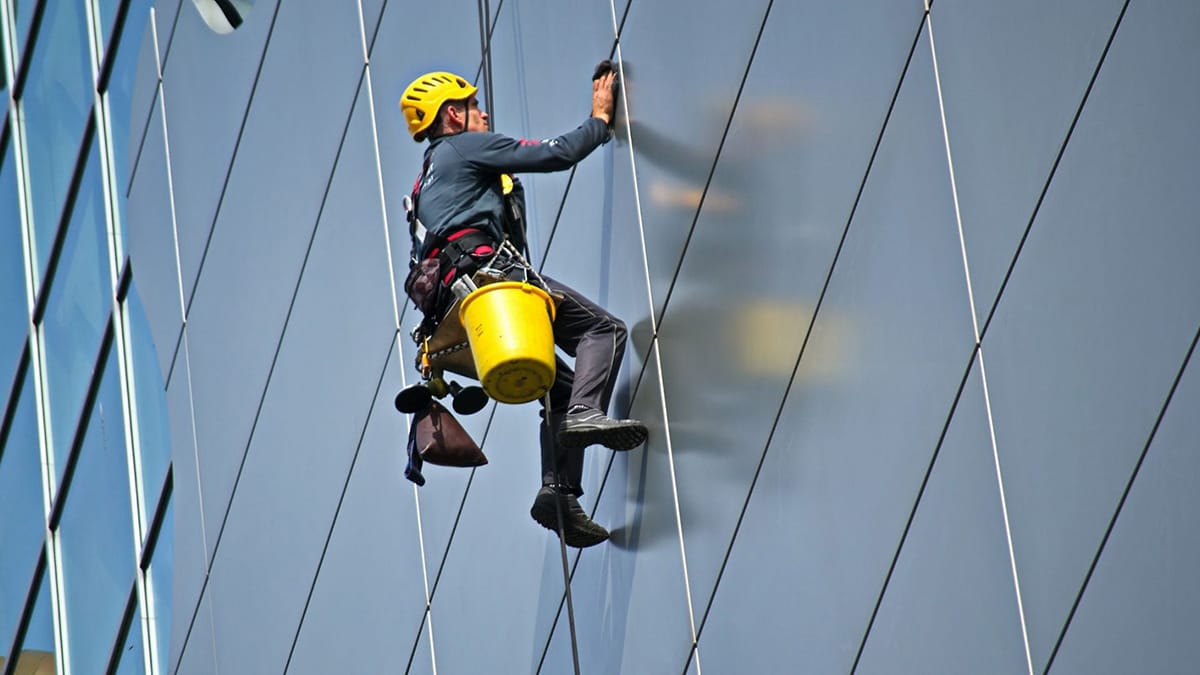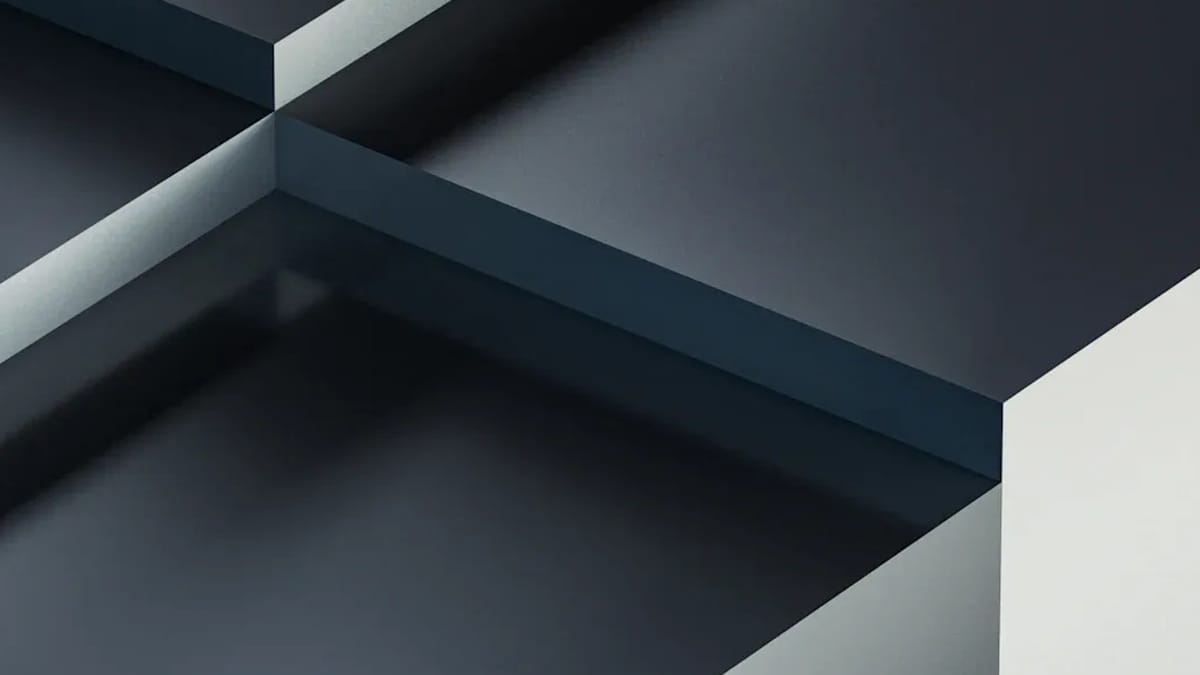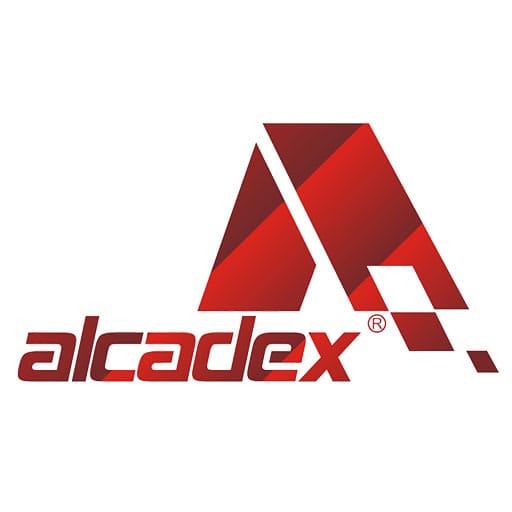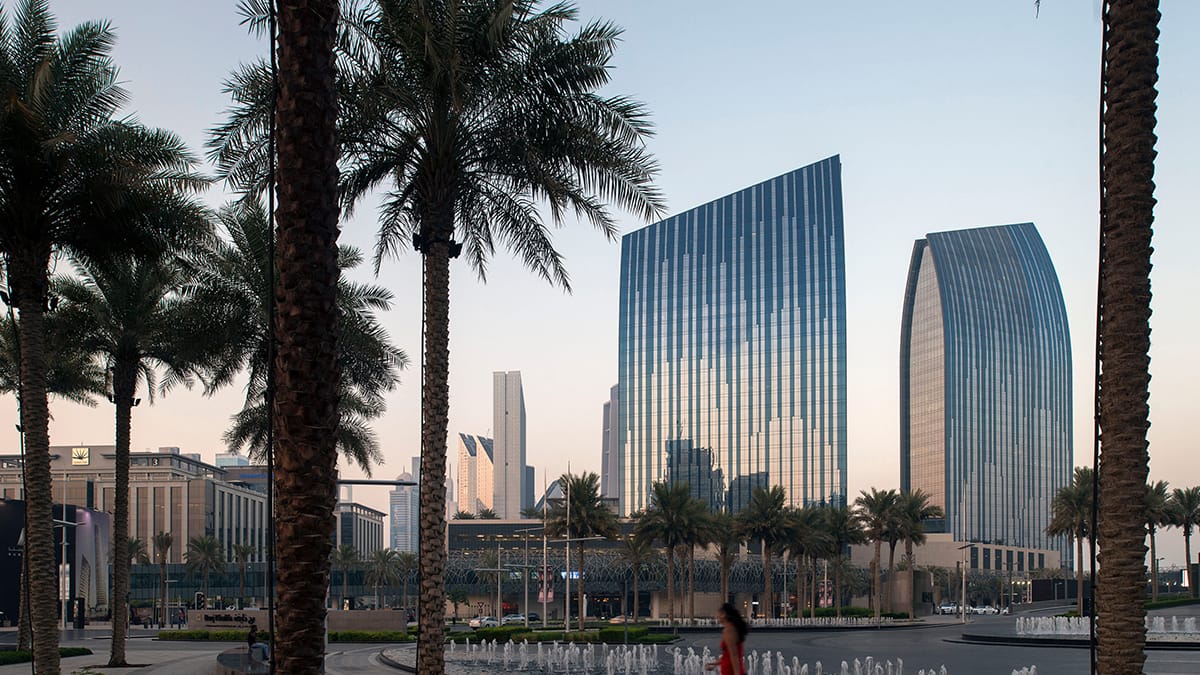
14 Sep What Is The Current Price Range Of ACP Cladding Per Square Foot
Table of Contents
You will find that the current acp cladding price ranges from ₹50 to ₹200 per square foot in India, with prices starting at $2.00 per square foot in the United States. Keeping track of the latest prices helps you plan your budget for building or renovation projects. Prices change depending on thickness, quality, and supplier.
You can make smarter choices when you understand what affects the cost. Practical tips and clear breakdowns will help you save money.
Key Takeaways
ACP cladding prices in India are ₹50 to ₹200 per square foot. In the U.S., prices start at $2.00 per square foot. Knowing these prices helps you plan your budget well.
The quality and thickness of the material change the cost a lot. Thicker panels last longer but cost more money. Pick the right one for your project needs.
Always look at quotes from different suppliers. This helps you find the best price and avoid extra fees. You get better value for your money this way.
Remember to include installation costs in your budget. Big panels and tricky designs can make these costs go up. Plan ahead so you can save money.
Fire-retardant ACP panels cost more but are needed for safety in some buildings. Always check local rules to make sure you follow them and stay safe.
ACP Cladding Price Range
Standard Price per Square Foot
The acp cladding price in India is ₹50 to ₹200 per square foot. In the United States, prices start at $2.00 per square foot. Most suppliers sell standard panels at these prices. Prices can change if you pick a different brand or finish. If you want a 3mm sheet, you will pay ₹72 to ₹160 per square foot. This price range helps you plan your budget. You can compare choices before you buy.
Tip: Always check the latest acp cladding price from many suppliers. Prices can change fast because of market demand and supply chain issues.
Industry reports say the ACP cladding market is growing. You can see the recent market size and revenue in the table below:
Year | ACP Revenue (USD Billion) | Non-Fire Rated ACP Share (%) | |
|---|---|---|---|
2024 | 56.5 | 37.8 | 58.3 |
2025 | 60 | N/A | N/A |
2034 | 108.7 | 72.8 | N/A |
Seasonal and economic trends also change the acp cladding price. Prices may go up or down at different times of the year. Global oil prices can also affect costs. The table below shows how these things change prices:
Economic Factor | Influence on ACP | Seasonal Trends |
|---|---|---|
Inflation (INF) | Lower INF can make ACP cheaper | Harvests can make prices drop |
Global Oil Prices | Lower oil prices can make ACP cheaper | Supply changes with the seasons |
Agricultural Supply | Too much supply can make ACP cheaper | Harvests increase supply and change prices |
Price by Thickness
Panel thickness is important for acp cladding price. Thin panels cost less. Thick panels last longer and work better. Suppliers sell panels from 2mm to 6mm thick. Here is how thickness changes the price:
2mm panels: These are the cheapest. You can use them for short-term or simple projects.
3mm panels: The price for 3mm sheets is ₹72 to ₹160 per square foot. These work for homes and businesses.
4mm panels: 4mm panels cost more. The price goes up because of more materials, extra work, and machine wear. Even a small increase in thickness can change how the panel works.
6mm panels: These are the most expensive. You can use them for tough or special projects.
If you want to save money, think about what you need. Thicker panels cost more but last longer and are stronger. Always compare acp cladding prices for different thicknesses before you buy.
Factors Affecting Cost
 Image Source: pexels
Image Source: pexelsWhen you plan an ACP cladding project, you need to look at several factors affecting the cost. These details help you understand why prices change and how you can make smart choices.
Material Quality
Material quality plays a big role in the price you pay. If you choose a high-quality ACP sheet, you get better durability and longer life. These sheets resist weather and damage, so they work well for important buildings. You may notice that the quality of acp sheet affects both the look and the strength of your project. When you pick superior materials, the costs go up, but you get more value over time. Always check the quality of acp sheet before you buy.
Thickness Options
You see many thickness options for ACP panels. Most panels range from 3mm to 6mm. Thicker panels cost more because they use extra material. You get more strength and better insulation with thicker sheets. If you want to save money, you can choose thinner panels for simple jobs. For tough projects, thicker panels work better and last longer.
Thicker panels mean higher costs.
Thin panels suit basic needs and cost less.
More thickness gives you better protection.
Brand and Finish
Brand and finish change the price a lot. Trusted brands often charge more for their products. You pay extra for premium finishes and special coatings. These features make your panels look better and last longer. The table below shows how brand and finish affect costs:
Factor | Influence on Price |
|---|---|
Brand Reputation | Trusted brands may charge more for premium products. |
Surface Finish and Coatings | Premium finishes and coatings increase costs and improve durability. |
You can pick glossy or matte finishes. Glossy finishes usually cost more. Special coatings protect your panels from sun and rain.
Installation Costs
Installation costs depend on labor, design, and panel size. If you choose large or custom-shaped panels, you pay more for handling and fitting. Complex designs need skilled workers, which raises costs. You also pay for transportation and surface coating. Local rules and building codes can change your choices and costs. Fire safety rules may require special panels, which cost more.
Tip: Always ask about installation costs before you start. Design complexity and panel size can make a big difference.
Price Comparison
Economy vs Premium
You can pick economy or premium ACP panels. Economy panels cost less and work for simple jobs. These are good for small shops or buildings that won’t last long. Premium panels cost more because they use better materials. They look nicer and last longer. Premium panels need less fixing over time. If you want a cool look or strong panels, choose premium.
Type | Typical Cost (INR/sq ft) | Features |
|---|---|---|
Economy | ₹50–₹90 | Basic finish, lower cost |
Premium | ₹120–₹200 | High durability, stylish |
Tip: You can save money with economy panels for easy jobs. For important places, premium panels are worth the extra cost.
Fire-Retardant Panels
Fire-retardant ACP panels have a special core to stop fire. These cost more than regular ACP panels. They use extra stuff and special steps to make. You may need fire-retardant panels for schools or hospitals. The higher price gives you better safety and less worry.
Fire-retardant ACP panels: Cost more, safer for buildings.
Check your local rules before you buy. Some places need fire-retardant panels for safety.
Branded vs Generic
You can buy branded ACP panels or generic ones. Branded panels use better materials and coatings like PFC. They cost more but last longer and resist fire better. Branded panels need less fixing and make your building look good. Generic panels cost less but may not last as long or look as nice.
Branded ACP panels: Cost more, better quality, last longer.
Generic ACP panels: Cost less, basic quality, shorter life.
If you want panels that last and look great, pick branded. For quick or cheap jobs, generic panels help you save money.
Cost-Saving Tips
You can save money on ACP cladding by planning well. Follow these easy steps to lower your costs.
Compare Quotes
Always get quotes from different suppliers. This helps you find the best price and avoid extra fees. Look at more than just the cost per square foot. Check each quote for fire rating, aluminum thickness, paint type, color choices, warranty, and how trusted the distributor is. The table below shows what you should compare:
Details | |
|---|---|
FR Rating | B1/A2 |
Actual Aluminum Thickness | Make sure the thickness is correct |
Paint System | PVDF or Nano-PVDF |
Color Availability | See what colors and spare parts are offered |
Warranty Duration | Look at how long the warranty lasts |
Local Distributor Reputation | Find out if the distributor is reliable |
Tip: Checking these things helps you pick the best acp sheet price for your needs.
Negotiate with Suppliers
You can often pay less if you talk with suppliers. Try these ideas:
Ask for a discount if you buy a lot.
Use market prices to show you know the latest rates.
Promise to buy more later for a better deal now.
Work with more than one supplier to have choices.
Ask for better payment plans or faster delivery.
Technique | Description |
|---|---|
Use current prices to help you get a better deal. | |
Offer Forecasted Demand | Show you will buy more in the future to get discounts. |
Diversify Your Supplier Base | Use several suppliers so you do not depend on just one. |
Note: You can also ask for things like easier payments or quicker delivery to save more money.
Choose the Right Panel
Picking the right panel thickness and quality saves you money. Thin panels like 2mm are good for signs and small indoor jobs. Thicker panels like 4mm or 6mm cost more because they need stronger supports and special setup. The table below shows how thickness changes the cost:
Panel Thickness | Cost per Square Foot | Additional Notes |
|---|---|---|
2mm | $15 – $35 | Good for signs and small indoor jobs. |
4mm or 6mm | Higher cost | Needs strong supports and special setup. |
Installation Cost | $5 – $15 | Extra supports add $3 – $7 per square foot. |
Choosing the right thickness stops you from spending too much. Thicker panels last longer and need less fixing, but do not use more than you need.
Reduce Installation Cost
You can spend less on installation by planning ahead. Use standard panel sizes to make less waste. Simple shapes cost less to install than fancy ones. Hire skilled workers who finish fast and safely. Ask your supplier if installation comes with the package, which can sometimes lower your total cost.
Remember: Every step you take to plan and compare helps you control costs and get the best value for your project.
Cost of ACP Wall Cladding
 Total Project Cost
Total Project Cost
You need to figure out the total cost for acp wall cladding. This means you add up material and installation costs. The price for aluminum composite panel installation is usually $25 to $45 per square foot. This includes both labor and materials. If you look at just the material, it costs $4 to $20 per square meter. The size and shape of your building change the total cost. Bigger projects often cost less per square foot because suppliers give better deals. Where you build also changes the price. Building in a city can cost more for labor and materials than in the countryside.
Tip: Measure your wall area carefully. This helps you buy the right amount of material.
Think about your building’s design too. Fancy shapes or special features can make acp wall cladding cost more. Simple designs are usually cheaper to install.
Hidden Charges
There can be hidden charges when you add up the cost of acp wall cladding. These extra costs can surprise you if you do not plan ahead. Common hidden costs are extra labor, accessories, and waste. Sometimes, special ways of installing panels make the price go up. Check the warranty period and terms before you buy. Good customer service from the maker helps you avoid problems later. Always look up the reputation of the manufacturer. Reliable companies give better quality and service.
Here are steps to help you avoid hidden costs:
Learn about dry and wet ways to install panels.
Check the warranty and see if it fits your needs.
Make sure the manufacturer gives good support after you buy.
Find out if the manufacturer has a good reputation.
Look at product details and test reports.
Many buyers make mistakes when they figure out the cost of acp wall cladding. Some forget about local weather or fire safety rules. Others only look at the first price and ignore long-term costs. You should also think about cleaning and upkeep. Picking the wrong material can cost you more later.
Note: Always ask your supplier for a full list of costs. This helps you see every charge and plan your budget.
ACP cladding prices are between ₹50 and ₹200 per square foot. The cost depends on material quality, thickness, and surface finish. Fluorocarbon panels (PVDF) cost more because they last longer outside. Polyester panels (PE) are cheaper and work well inside.
Good material quality and famous brands make prices higher.
Thicker and bigger panels cost extra money.
Special coatings help panels last longer and stay strong.
Today, many companies sell fire-retardant panels for better safety. Looking at different choices helps you pick the right one for your project.
You can make better choices if you check suppliers, read details, and compare prices. Always talk to more than one supplier to find the best and most fair price.
FAQ
What is the cheapest ACP cladding thickness available?
You can find 2mm ACP panels at the lowest price. These work well for temporary or indoor projects. Thinner panels cost less but may not last as long as thicker options.
How do you estimate the total cost for ACP cladding?
Measure your wall area in square feet. Multiply by the price per square foot. Add installation charges and check for hidden fees. Always ask suppliers for a detailed quote.
Tip: Request a breakdown of material and labor costs before you decide.
Are fire-retardant ACP panels more expensive?
Yes, fire-retardant ACP panels cost more than standard panels. You pay extra for added safety features. These panels are often required for schools, hospitals, and public buildings.
Panel Type | Typical Cost (INR/sq ft) |
|---|---|
Standard | ₹50–₹120 |
Fire-Retardant | ₹130–₹200 |
How long does ACP cladding last?
You can expect ACP cladding to last 15 to 20 years with proper care. High-quality panels and professional installation help extend the lifespan. Regular cleaning keeps panels looking new.



 Total Project Cost
Total Project Cost